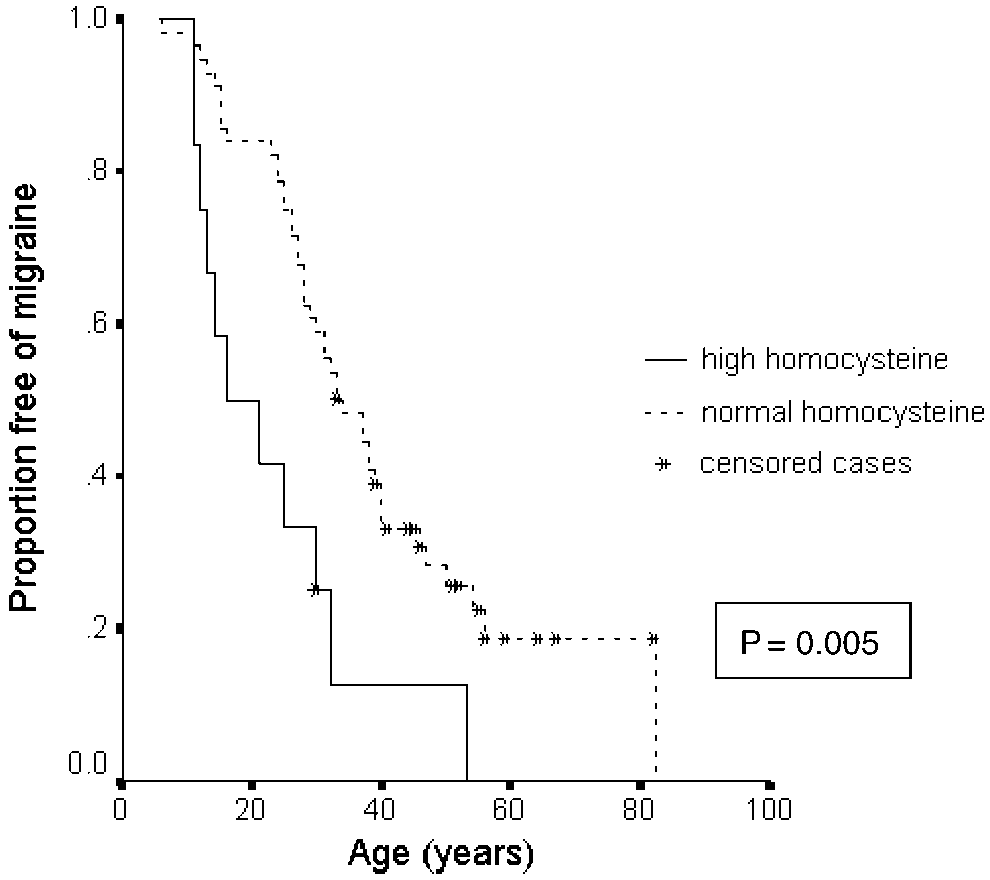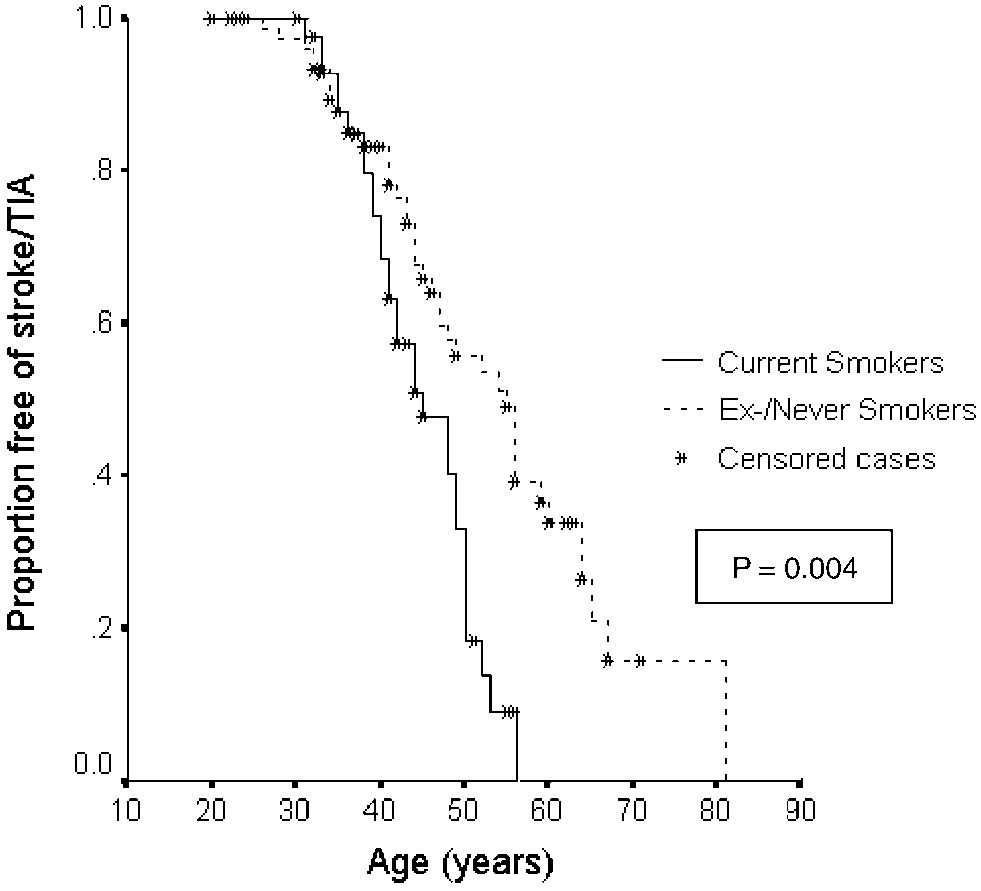Microsoft word - resume akac,final,5.doc
RESUME FOR PROFSSOR DR. ABUL KALAM AZAD CHOWDHURY 1. PERSONAL DETAILS: Chairman (State Minister) , University Grants Commission of : Vice Chancellor , University of Dhaka, Sept’ 96 to Nov 2001. Invited Professor , 2003, Dept. of Biology, Conservatoire National des Arts et Métiers (CNAM), 75003 Paris, France. Professor, Department of Clinical Pharmacy and Pharmacology

 Table 2 Association between vascular risk factors or apoE4 allele and presence of clinical features
Odds ratios and 95% confidence intervals are given. *P = 0.02; **P = 0.03.
Table 2 Association between vascular risk factors or apoE4 allele and presence of clinical features
Odds ratios and 95% confidence intervals are given. *P = 0.02; **P = 0.03.